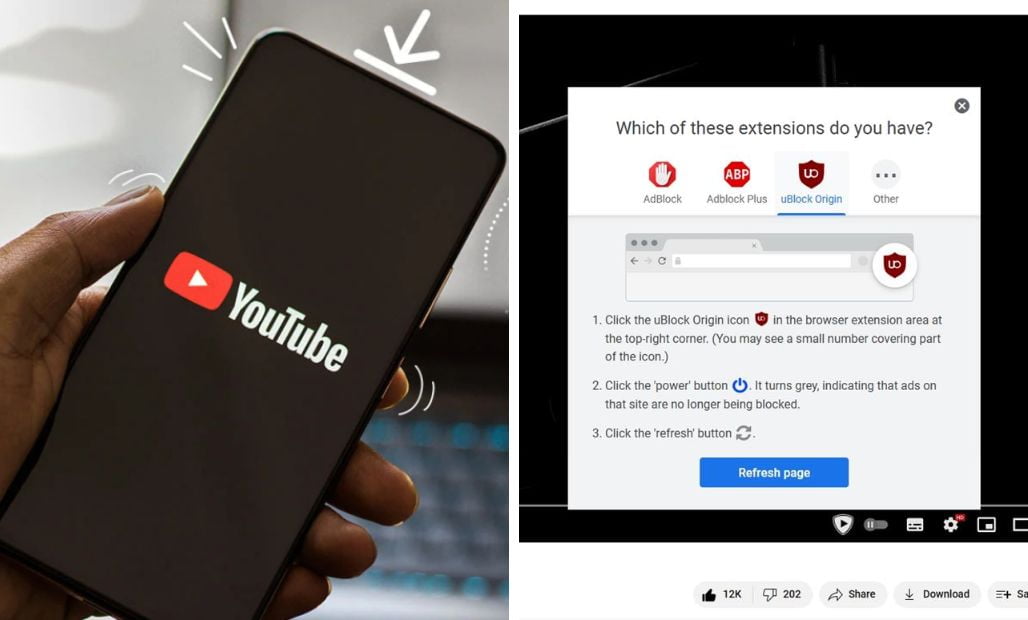The recent clampdown by YouTube on ad-blockers has prompted numerous users to seek out fresh methods to block advertisements. While some individuals have chosen to uninstall their ad-blocking software in response to YouTube’s measures, others have started experimenting with more robust ad-blocking alternatives.
What initially began as a modest trial by YouTube has now expanded into a global endeavor. As per Wired’s report in October, a significant number of users eliminated their ad-blockers, potentially influenced by YouTube’s more stringent approach. Simultaneously, an increasing number of individuals have begun testing alternative ad-blocking tools that evade YouTube’s countermeasures.

Source: WIRED
For instance, the popular ad-blocker Ghostery, designed for Chrome, has witnessed a notable increase in user installations and uninstallations over the past month, with figures rising by three to five times. However, a substantial majority of those who removed Ghostery cited its ineffectiveness on YouTube. On the contrary, installations of Ghostery on Microsoft Edge surged by 30% as users sought more effective options.
Another ad-blocking tool, AdGuard, typically witnesses approximately 6,000 daily uninstalls on Chrome. Yet, during the period between October 9 and the month’s end, this figure skyrocketed to 11,000 daily, peaking at 52,000 on October 18. Interestingly, the paid version of AdGuard continues to function seamlessly on YouTube, leading to a significant influx of users, with as many as 60,000 installations on October 18 and 27.

Source: 10TV
In the face of YouTube’s sustained efforts to curb ad-blocking, users have been actively exploring alternative solutions. Some have turned to Newpipe, a YouTube-like platform that delivers ad-free video content. Experts like Krzysztof Modras of Ghostery have cautioned that YouTube’s actions may trigger the adoption of more intricate ad-blocking tactics and potentially unintended security complications. Furthermore, YouTube has been displaying warning messages to its users, indicating that “Video player will be blocked after 3 videos.” The message asserts that video playback will be hindered unless YouTube is allowed, or the ad blocker is disabled.
For users seeking viable alternatives, extensions like uBlock Origin remain functional on Firefox. Adblock Plus has also provided guidance on how to bypass YouTube’s anti-ad-block measures. Additionally, users can consider subscribing to YouTube Premium for an uninterrupted viewing experience. YouTube’s ongoing battle against ad-blockers has spurred a growing number of users to seek out improved ad-blocking options, with the aim of reclaiming control over their viewing experience and circumventing YouTube’s limitations.



















































































